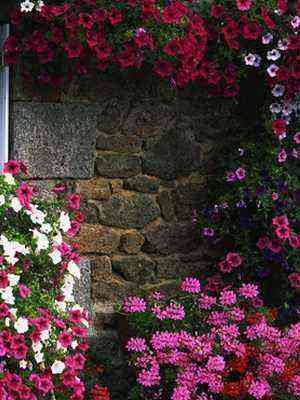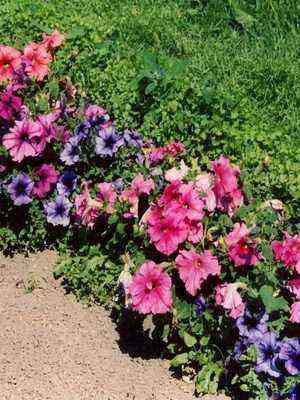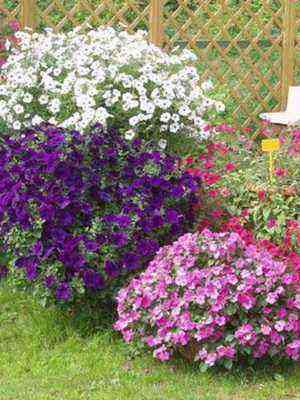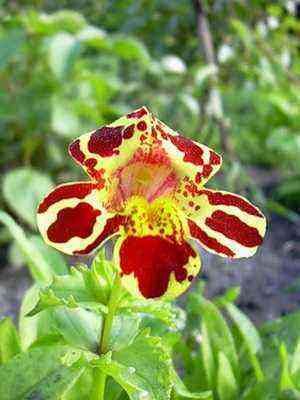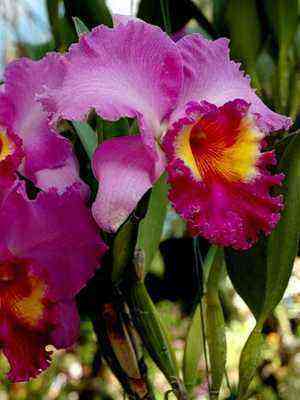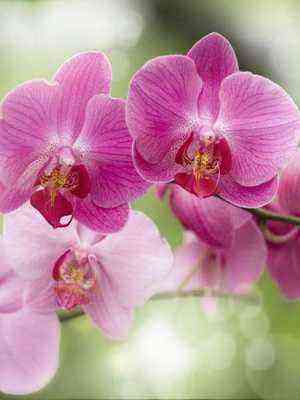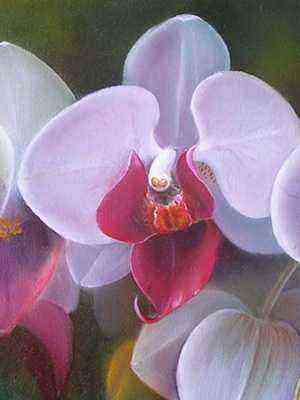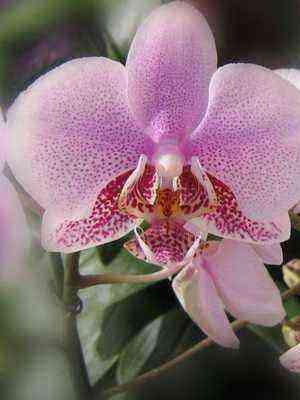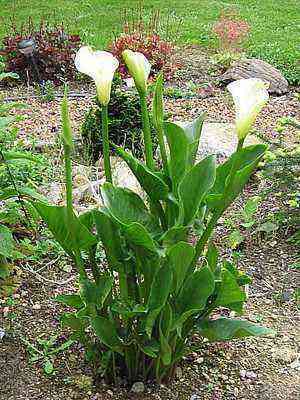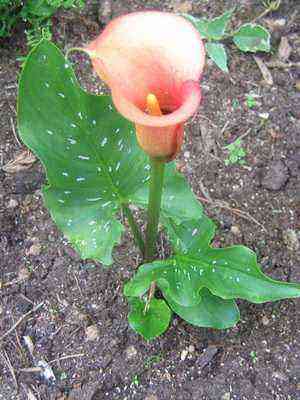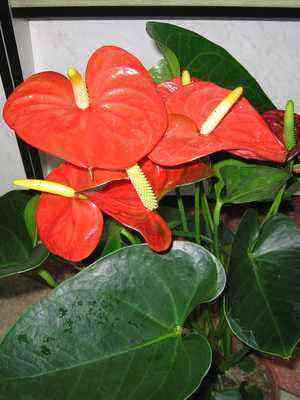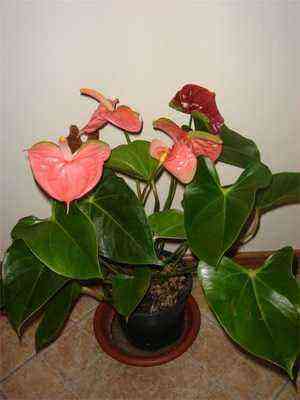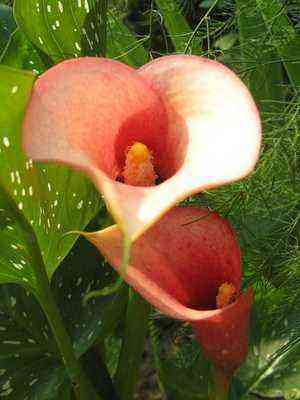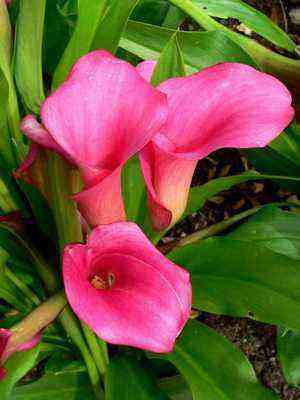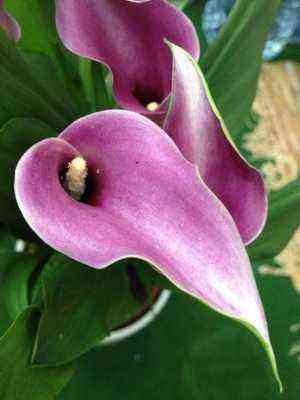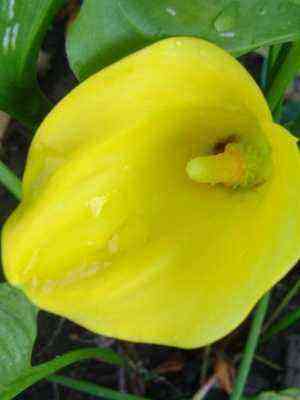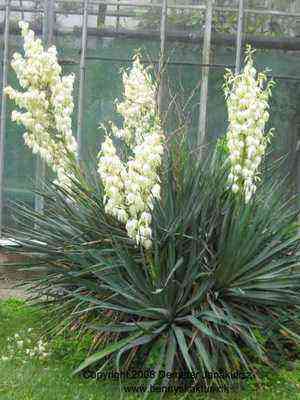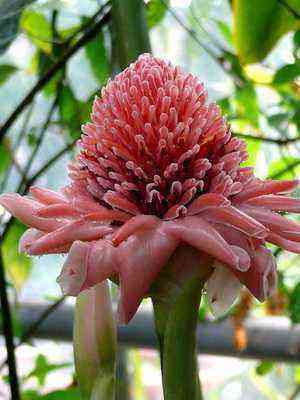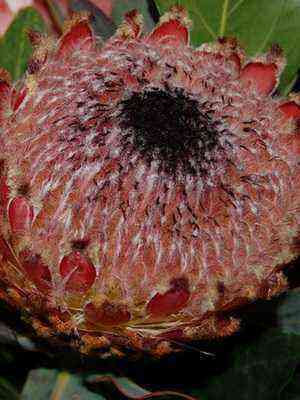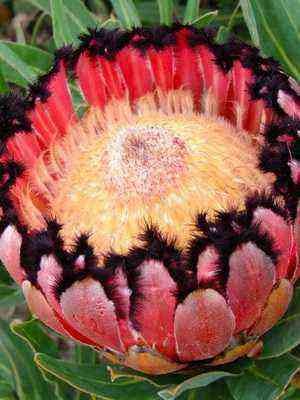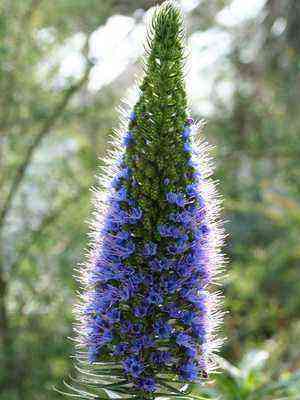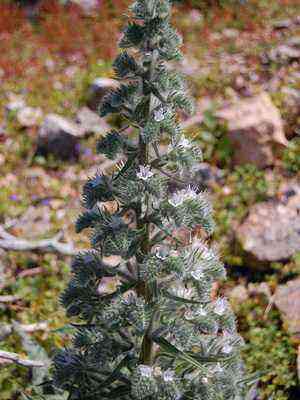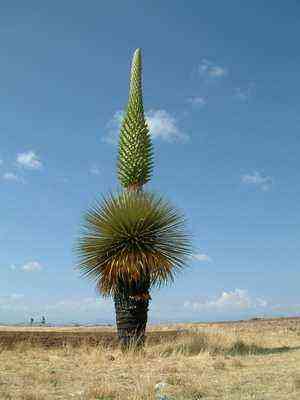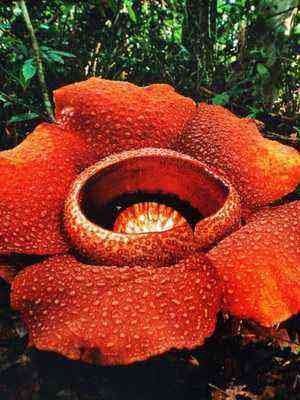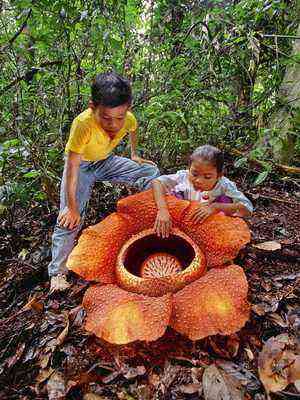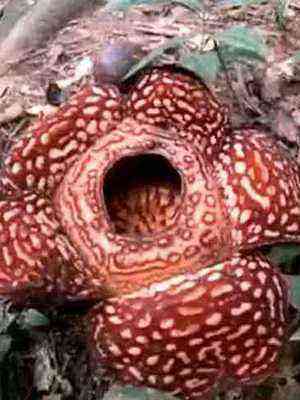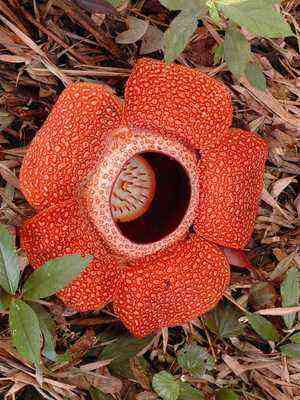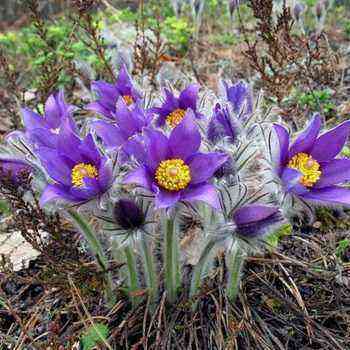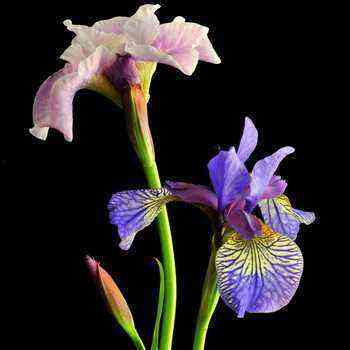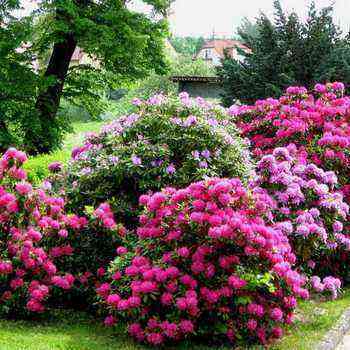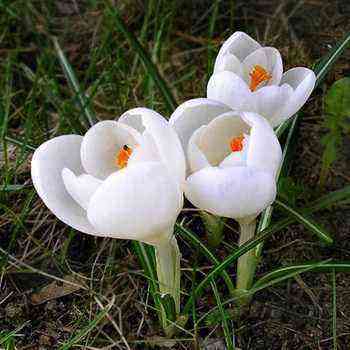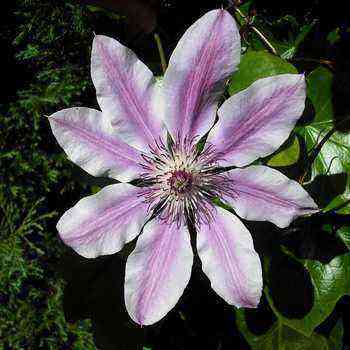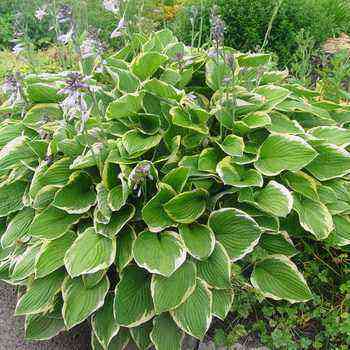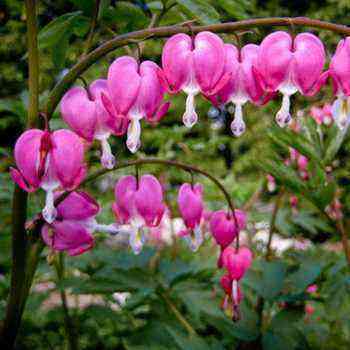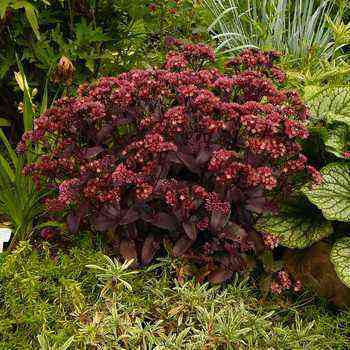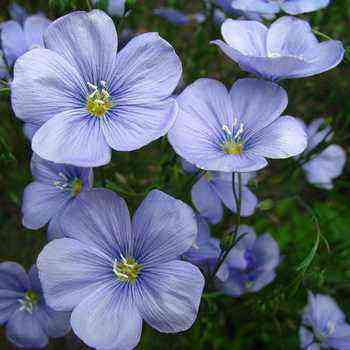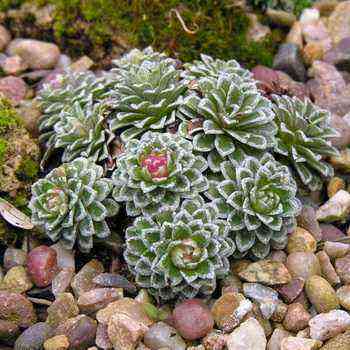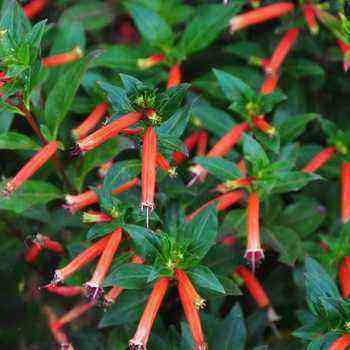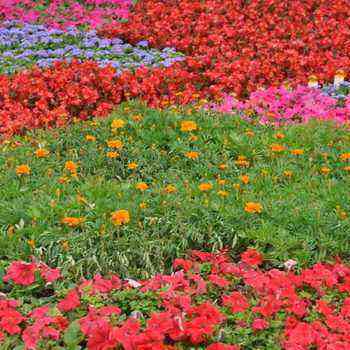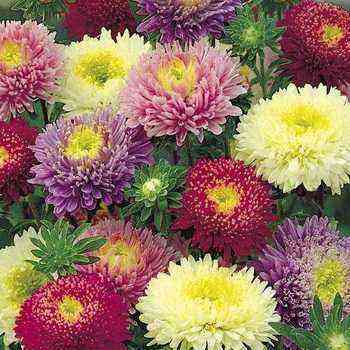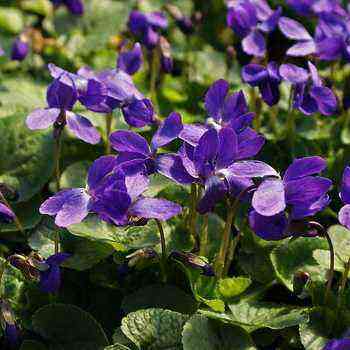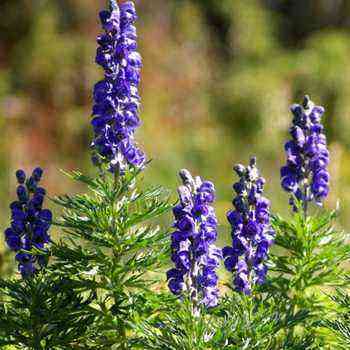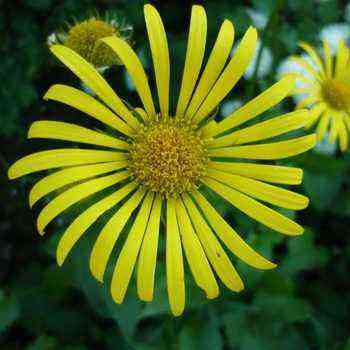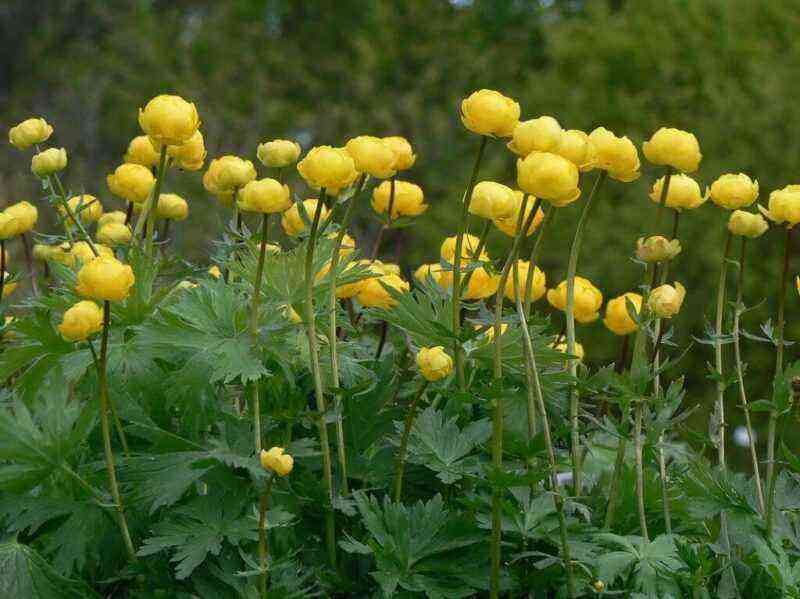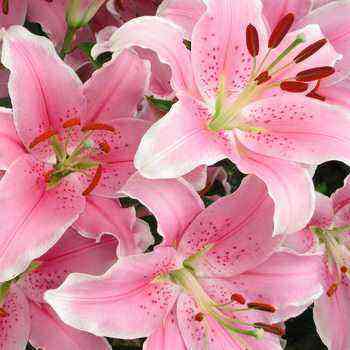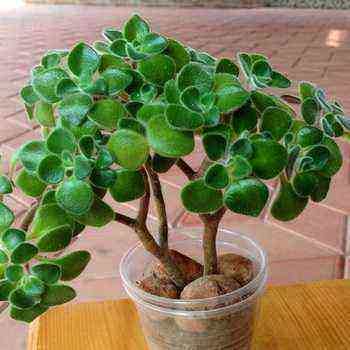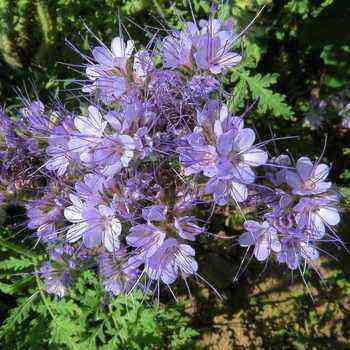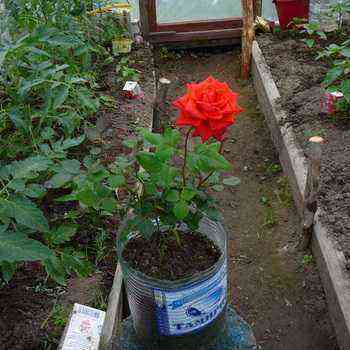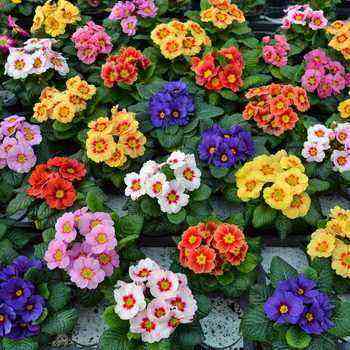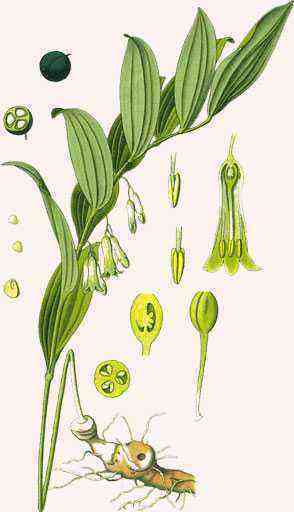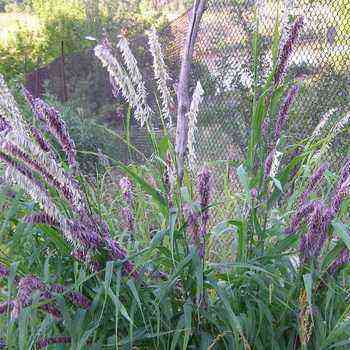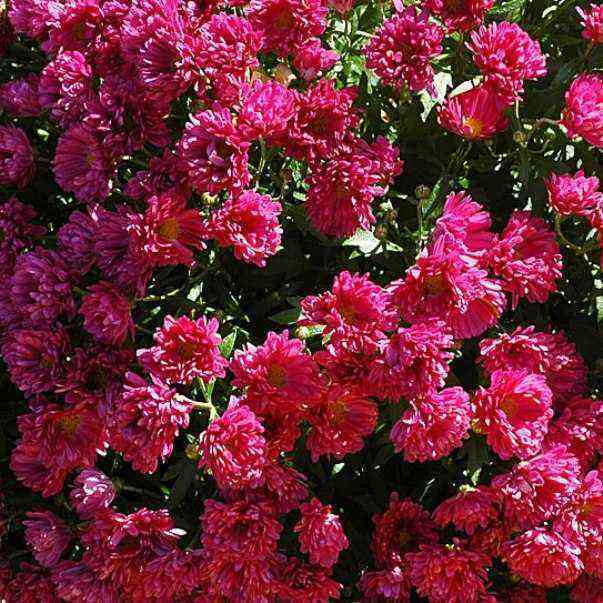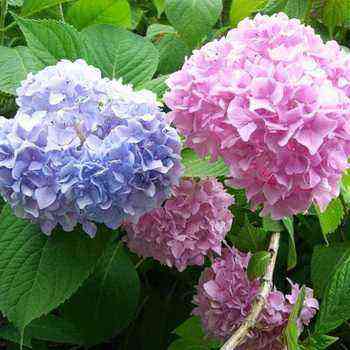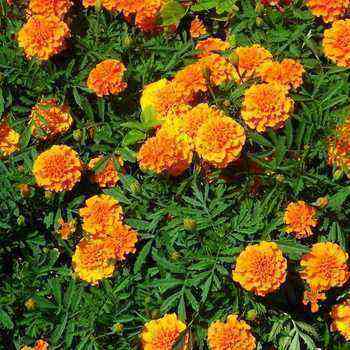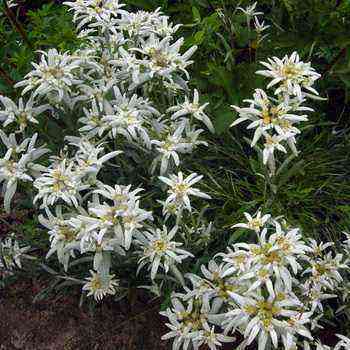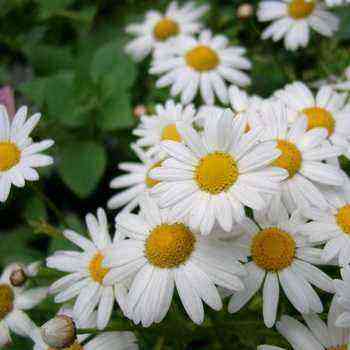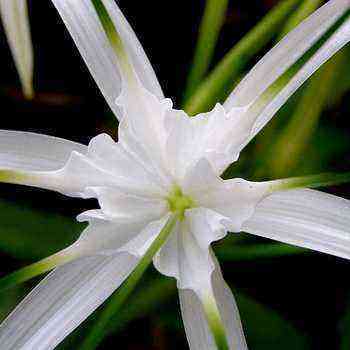
Cannes flowers in the garden
A relative of ginger, the cannu, was grown by the Indians of South America for the sake of nutritious rhizomes, which were baked like potatoes. Florists were attracted not by the nutritious, but by the decorative qualities of this herbaceous plant – its large bright flowers in spike-shaped inflorescences, reminiscent of gladioli. In our temperate climate, cannes flowers in the garden bloom from spring to autumn, taking turns opening their buds. With the onset of cold weather, the cannes in the garden are transferred to a warm room, where it continues to bloom until winter. You can also dig up the rhizomes and leave them warm to await the spring planting.
Nikolay is tall, originally from Malaysia and Indonesia, and is still a very rare visitor to European flower beds. But thanks to its catchy exotic beauty, this flower, also related to ginger, should gain popularity among gardeners. Nicholas in a flowerbed is an event in itself: stems with leaves rise up to 5 meters in a season, and a lush, dazzling red flower the size of a child’s head blooms on a thick meter-long leg. Nicholas, discovered in Asia by a Russian botanist, received a scientific name in honor of Tsar Nicholas I.
Tropical garden and amaranth in the garden
With the help of some plants, you can arrange a real tropical garden on your site. Since ancient times, the Aztecs from Central America have grown the tailed amaranth plant for its seeds, from which they made flour for tortillas. On the feast of the gods of war, the Aztecs made huge figures of deities from a mixture of amaranth and corn flour, honey and agave juice. At the end of the celebrations, the figures were broken, and the inhabitants of the city received from the priests their share of “divine bones and meat.” The Europeans, who conquered the Aztecs, were interested in amaranth not so much in seeds as in flowers collected in long earring inflorescences that resemble fox tails. Amaranth in the garden has become an ornamental garden plant. But in India, China and the Himalayas, amaranth is grown as a grain crop. A close relative of amaranth, celosia cockscomb arrived in Europe from Africa and also took its rightful place in the flower beds.
Petunias in the garden and their photos
It is difficult to find a more unpretentious and grateful flower than petunias in the garden. These flowers adorn most city flower gardens and, without requiring maintenance, bloom from spring to autumn. Florists have bred hundreds of varieties of all colors and shades from several dozen wild species of petunias. The single tubular petunia flowers are typical of the entire Solanaceae family to which it belongs. Europeans brought petunia from America along with its closest relatives – potatoes, peppers, tobacco and tomatoes. But decorative varieties of petunias began to be displayed only about 100 years ago. Then she began her triumphant march around the world.
Various petunias in the garden in the photo are shown below:
Garden orchid and its photo
Some of the most demanding, but also the most beautiful greenhouse plants are garden orchids. In the jungles of Asia, Africa and America, these epiphytic plants inhabit trees. One-meter shoots of orchids, hung with luxurious flowers, hang from the trunks in garlands. There are a lot of orchids, only in the Amazon forests there are more than 8000 species with flowers of all possible shapes and colors. No matter how bizarre orchids look, their flowers are arranged the same – 3 sepals and 3 petals, the lower of which – the lip – sometimes differs from others in shape and color.
The orchid seeds are assisted in germinating by molds obtained from the mother plant. After transportation, the mushrooms die, and the seeds do not germinate. Until scientists discovered the relationship between orchids and fungi, it was impossible to grow orchids from seeds. And even now it is difficult – 10 years of work and care will be required for a plant that has grown from a seed to bloom for the first time. And 100 years ago, orchids came to greenhouses only from the jungle and were fabulously expensive. The fashion for exotic then gave rise to a real hunt for orchids, comparable only to the “gold rush”. Hundreds of adventurers, dreaming of getting rich, went for flowers at the risk of dying in the jungle.
The following shows a garden orchid in the photo, where you can see the grace of the petals:
“Avon varnish” tropical orchid and its photo
Whimsical, mesmerizing, delicate or catchy in color, tropical orchids captivate the eye and excite the imagination. The tropical orchid “Avon lacquer” with white flowers, beginning to smell of vanilla by nightfall, opened up for the nocturnal pollinators of moths. Red and orange orchids beckon daytime pollinators – hummingbirds with the brightness of their plumage. Such flowers are ready to bestow nectar on pollinators. But some orchids have adapted to pollinate without giving anything in return. There are orchids that have painted themselves in the colors of rotten meat and smell accordingly – they are pollinated by meat flies.
Other deceiving orchids have transformed their petals and sepals into something resembling the wings and antennae of insects. Shivering in the wind, they even imitate the flight of insects. Real insects, mistaking flowers for the invasion of uninvited neighbors-congeners, fly up to them to drive away strangers, fight with one or another flower, sprinkling themselves with pollen and transferring it from flower to flower.
The following shows a tropical orchid in the photo in various stages of its development:
Callas in the garden and their photos
The austere beauty of “white-winged” calla lilies in the garden has many admirers. The bouquet of these flowers is a testament to the restrained refined taste. Calla lilies in the wild grow along the swampy shores of reservoirs in South Africa. In the dry African summer, calla lilies go into hibernation, keeping life in the underground rhizome. With the first rains, calla lilies throw out arrows of leaves. Following the foliage, an inflorescence-cob appears on a mighty meter-high peduncle, wrapped in a “blanket” – a large white covering leaf. In decorative species of calla lilies, the “coverlet” is pink, yellow, red, red and even black. Calla lilies that need warmth all year round grow best in greenhouses in our climate. Our calla lilies bloom in the summer, at a time when the rains begin in their homeland.
Therefore, the calla lilies planted in the garden for the summer will decorate it with their flowers.
As greenhouse plants, anthuriums, related to calla lilies, are popular with us – inhabitants of the South American jungle. At home, they grow like epiphytes on other people’s trunks, entwining them with creeping rhizomes and dropping aerial roots to the ground.
Look at the different types of calla lilies in the photo:
Flowers of the tropics – yucca in the garden
In the vastness of the American deserts and rocky foothills, one of the most impressive sights is the flowers of the tropics – yucca. Above the rosette of pointed leaves rises a powerful peduncle, like a tree trunk, hung with many rather large snow-white bells. At night, small moths – the yucca moth – flock to the yuccas. These are the only pollinators of the yucca. The moth collects sticky pollen, rolls it into a ball and flies to another flower, where it literally presses the pollen ball into the stigma. Only in this way can yucca be pollinated in the garden, which makes it difficult to grow it. But the moth is not disinterested – it has laid eggs in a ball, and a new generation of moths will grow inside the set yucca fruit and feed on its seeds. Some of the seeds will remain and germinate, giving life to a new generation of plants. So for centuries, moths and yuccas have helped each other to continue the race.
Proteus flowers and their photos
The myths of Ancient Greece tell about the sea elder Proteus, who is able to transform into different creatures and objects. In honor of this many-sided character, plants of the Proteaceae family were named, uniting herbs, shrubs, and trees. The variety of Proteaceae inflorescences is also striking.
In different species of Proteus, small flowers, as in a kaleidoscope, fold into different forms of inflorescences. There are giant dishwashing brushes, like in Banksia, and pompons, pubescent with stamens, like in telopea, and balls covered with scales of colored covering leaves, like in artichoke protea, and majestic crowns, like in creeping protea. Emitting sweet smells and bursting with nectar, proteas attract many pollinators. They are pollinated not only by insects, but also by bats and fruit bats, and even rats and Australian mouse-like animals, the honey badger.
The following shows the flowers of proteia in the photo of various species of this plant:
It is difficult for plants pollinated by insects to survive high in the mountains, where bees, midges and butterflies rarely fly. Some plants solve the problem of pollinator deficiency by growing huge inflorescences that can attract pollinators from a distance and hold them back for a long time, treating them with nectar from thousands of flowers. In the mountains of South Africa, tree-like lobelias grow, crowning three-meter “candles” of stems with a cap of pointed leaves with two-meter sultans of thousands of bluish flowers. These giants have relatives in our forests – they are ordinary blue bells.
In the mountains of the Canary Islands, a relative of forget-me-nots and lungwort, the Canary bruise, has acquired giant inflorescences.
And in the highlands of the Andes, in South America, there is a champion of the plant world in the size of inflorescences – Raymonda puja from the bromeliad family. The straight panicle of the puja reaches 2,4 meters in girth, rises to a height of 11 meters and bears about 8000 white flowers. Puia blooms for the first time only at the age of 80-150 years and dies after flowering.
Amorphophallus giant
Nature has created a giant amorphophallus, a living embodiment of a stone flower, which, in the tale of P.P.Bazhov, Danila the master carved for the Mistress of the Copper Mountain. The Siberian master could not see this miracle – it grows in the tropics of Africa and Asia. A folded sheet of greenish bedspread rises from the ground. It stretches higher and higher, rising on a powerful short peduncle up to 3 m.
Unfolding, the veil reveals a red or purple underside and reveals a huge candle of an inflorescence-cob with a disgusting smell. Flowering lasts up to 2 weeks. After that, a single leaf emerges from the ground. This huge leaf dissected into many separate “leaves” can easily be mistaken for a whole tree with a lush crown. The leaf will live only one season. By actively photosynthesizing, he will accumulate enough food in the underground tuber to throw out a giant inflorescence again next year, which is increasing every year.
A disgusting odor that attracts dung beetles and blowflies is a common way of pollination. It is used by the already familiar plants of the ginseed family. Their fantastic flowers, reminiscent of starfish, smell disgusting to human taste. This smell prompts flies and beetles to examine the flower in search of food. A deceived insect, digging in a flower, will not find anything nutritious, but will transfer pollen from the stamens to the pistils. So the plant saves on nectar.
Rafflesia flower: her photo and smell
In the deep jungles of Asia, there is a rare plant – the rafflesia flower. It notifies of its presence from afar, exuding the smell of rafflesia, or rather the “aroma” of rotting meat.
A huge red flower spread on the ground and looks like a decaying carcass. Its dimensions are impressive: from 50 cm in Arnoldi rafflesia to 1 m in tuanmude rafflesia. Five fleshy perianths surround a bowl with many stamens and pistils. Flies are swarming above it, attracted by the smell. They also pollinate rafflesia. After 2-4 days, the flower will wither, and the fruit will begin to grow – a huge berry. It will be crushed by animals, spreading seeds through the forest, which adhered with pulp to their feet. Only seeds that have fallen on the trunks of the vines will germinate. Rafflesia is a parasitic plant that is unable to extract nutrients on its own. Seed sprouts will invade the wood of the vine, and the rafflesia will live inside the trunk of the host plant, feeding on its juices. Rafflesia has no roots, no stems, no leaves, but in the 3rd year of life it will release a small bud from someone else’s trunk. The bud will grow, increasing in size for another whole year and a half, until, finally, it unfolds its perianth, opening for pollination.
Look at the rafflesia flower in the photo, which shows the beauty of the buds, but does not convey the smell:
A strange flower like the mouth of a monster in the African Hydnora growing in Africa, Madagascar and Arabia, in the savannas and deserts. Gidnora is a parasite, its seed germinates, penetrating into the roots of other plants. The grown hydnora stretches the roots in breadth, looking for new providers, binds several plants with its roots and drinks juices from them. For years, it does not appear on the surface, expecting heavy rains. Only after being saturated with moisture, Hydnora will sprout with a mushroom-like bud. Having blossomed, the flower will open a stinking “mouth”, attracting with a nasty smell of pollinators – beetles and flies.
